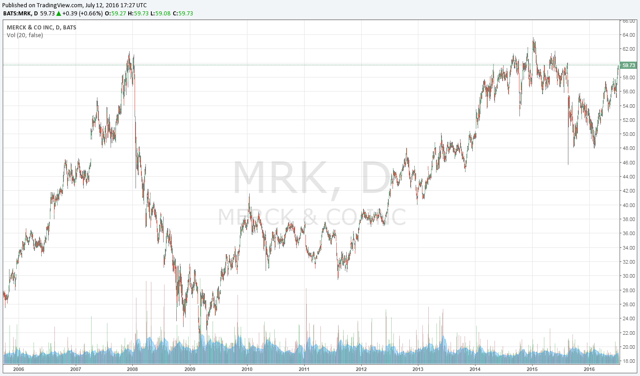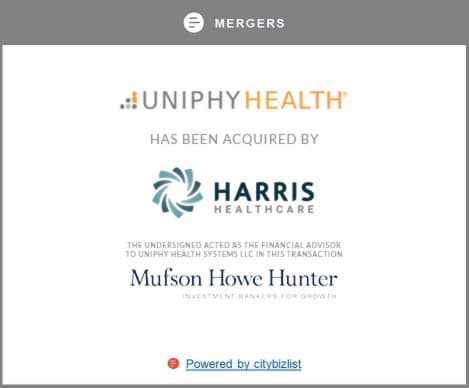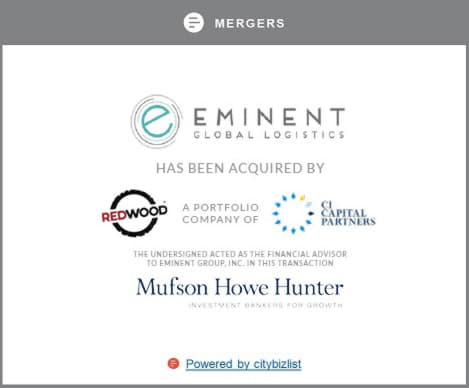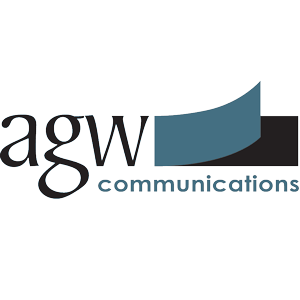Merck (NYSE:MRK) continues to turn heads.
As with rival Eli Lilly's (NYSE:LLY), the company's dividend has returned to growth following a period of stagnation. The company continues to deliver on major product approvals, and we think it will surprise to the upside in hepatitis C against juggernaut Gilead (NASDAQ:GILD). Advancing the pipeline will be critical to the pace of future dividend expansion, and as of early 2016, the company had ~20 programs advanced into Phase II or Phase III testing. Cost cutting will be par for the course, and we applaud management's newfound shareholder-friendliness (it returned ~$10 billion of cash in the form of dividends and share buybacks in the past 12 months ending September 2015).
Though we're enamored by Merck, we have to mention a few of the risks. For starters, drug research is a risky, expensive proposition and expectations can always come up short. Second, as it relates to income investors seeking consecutive dividend increases over a long stretch of time in the past, it's worth mentioning that Merck does not fit that profile. However, the company's dividend has come certainly back to life, and its Dividend Cushion ratio speaks to sustainability of the payout. The Dividend Cushion ratio considers a company's future expected free cash flow generation and balance sheet health in assessing whether it can cover future cash dividend obligations. At Merck, this ratio is a very solid 1.9.










